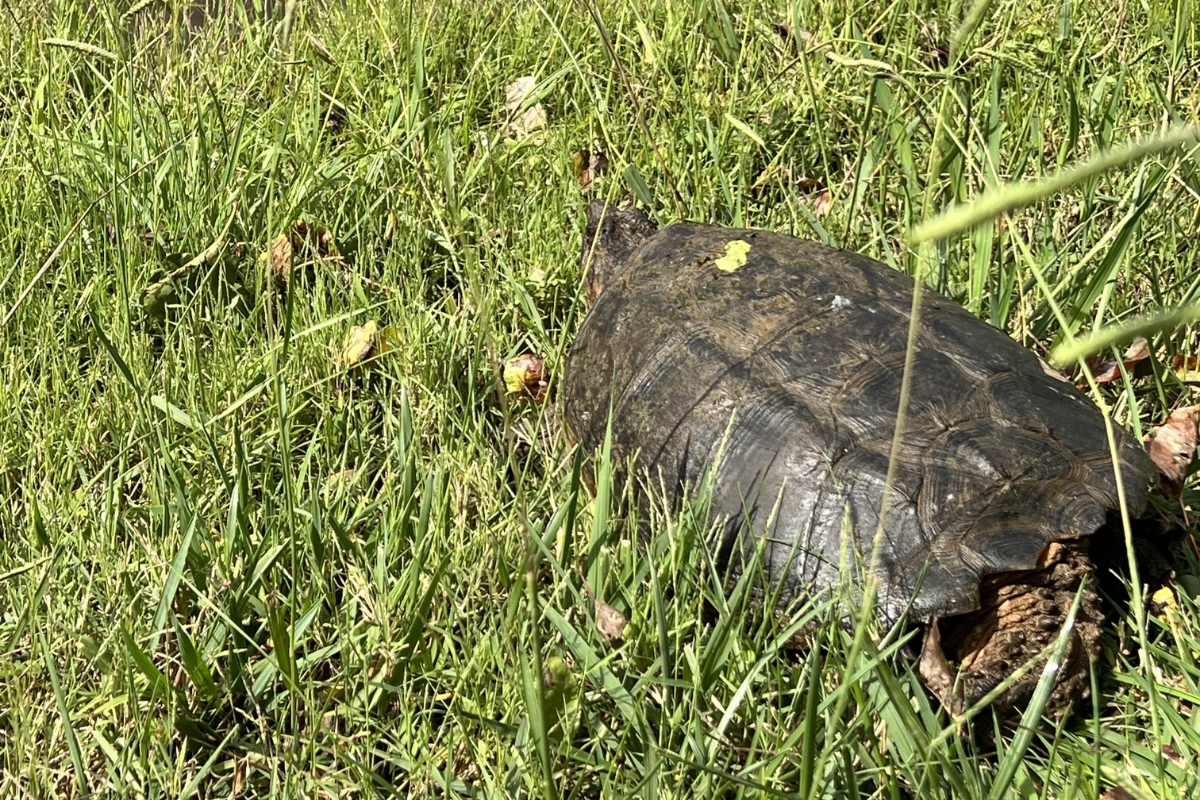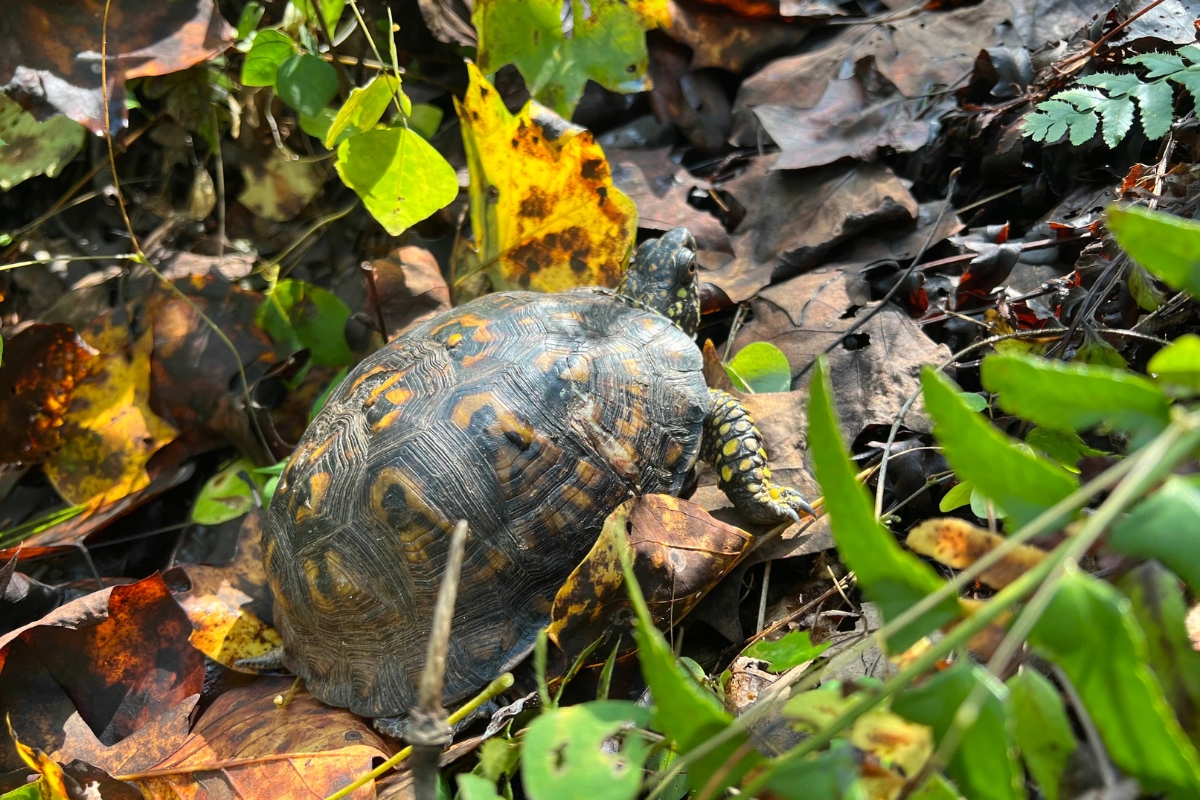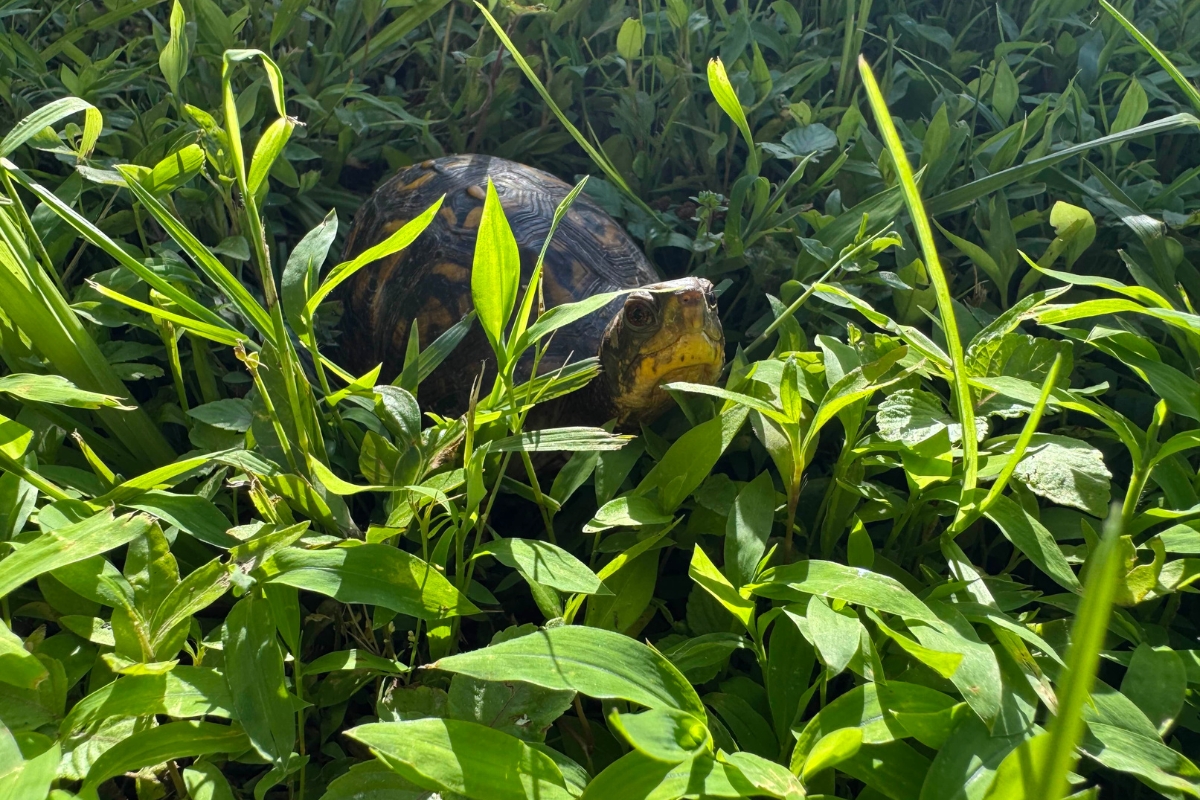WAYNESBORO, VA (Wildlife Center of Virginia) — Each year on May 23, wildlife enthusiasts, educators, and conservationists around the world celebrate World Turtle Day — a day dedicated to honoring and protecting turtles and tortoises. Created in 2000 by the American Tortoise Rescue, this annual event raises awareness about the threats facing these remarkable reptiles and encourages positive human action to ensure their survival.

For the Wildlife Center, World Turtle Day marks a turning point in what staff often refer to as “turtle season.” By mid-May, warmer temperatures allow the Center to release many of the turtles that spent the winter months recovering from injuries sustained the previous year. As those patients return to the wild, the Center also begins admitting a new wave of turtles emerging from hibernation and becoming more active.

In the past 14 years alone, the Center’s veterinary and rehabilitation staff, students, and volunteers have cared for more than 3,000 individual turtles. These patients represent a wide range of species found throughout Virginia, including the Woodland Box Turtle, Common Snapping Turtle, and Eastern Painted Turtle. Some species treated at the Center are of particular conservation concern, such as the Bog Turtle, listed as “critically endangered”, or the Wood Turtle, a state-threatened species.

With years of experience caring for turtles, the Wildlife Center has learned what puts them at risk — and how you can help keep them safe.
How to Help Wild Turtles
No two turtle cases are exactly alike, but many share similar causes of injury, most often linked to human activity. These include:
· Vehicle collisions as turtles cross roads in search of food, mates, or nesting grounds.
· Lawnmower or weed whacker injuries during yard work.
· Attacks by off-leash or unsupervised dogs.
· Injuries due to entrapment in, or ingestion of, fishing tackle.
Fortunately, the Center says that preventing these injuries is easy, and everyone can help. Here are some ways you can ensure turtles stay safe.
· Assist turtles across roads — always move them in the direction they’re heading.
· Never relocate a turtle to a “better” place. Turtles have small home territories and rely on them for survival.
· Check your yard before mowing or using heavy landscaping equipment.
· Keep dogs leashed or supervised. Dogs are a frequent cause of turtle admissions.
· Don’t keep wild turtles as pets. Instead, adopt from reputable rescues. Always do research, and avoid contributing to illegal turtle trafficking.
Turtles face a variety of challenges in the wild, but small actions can make a big difference. To learn more about how to help turtles, visit the Center’s Tips for Helping Turtles page.




